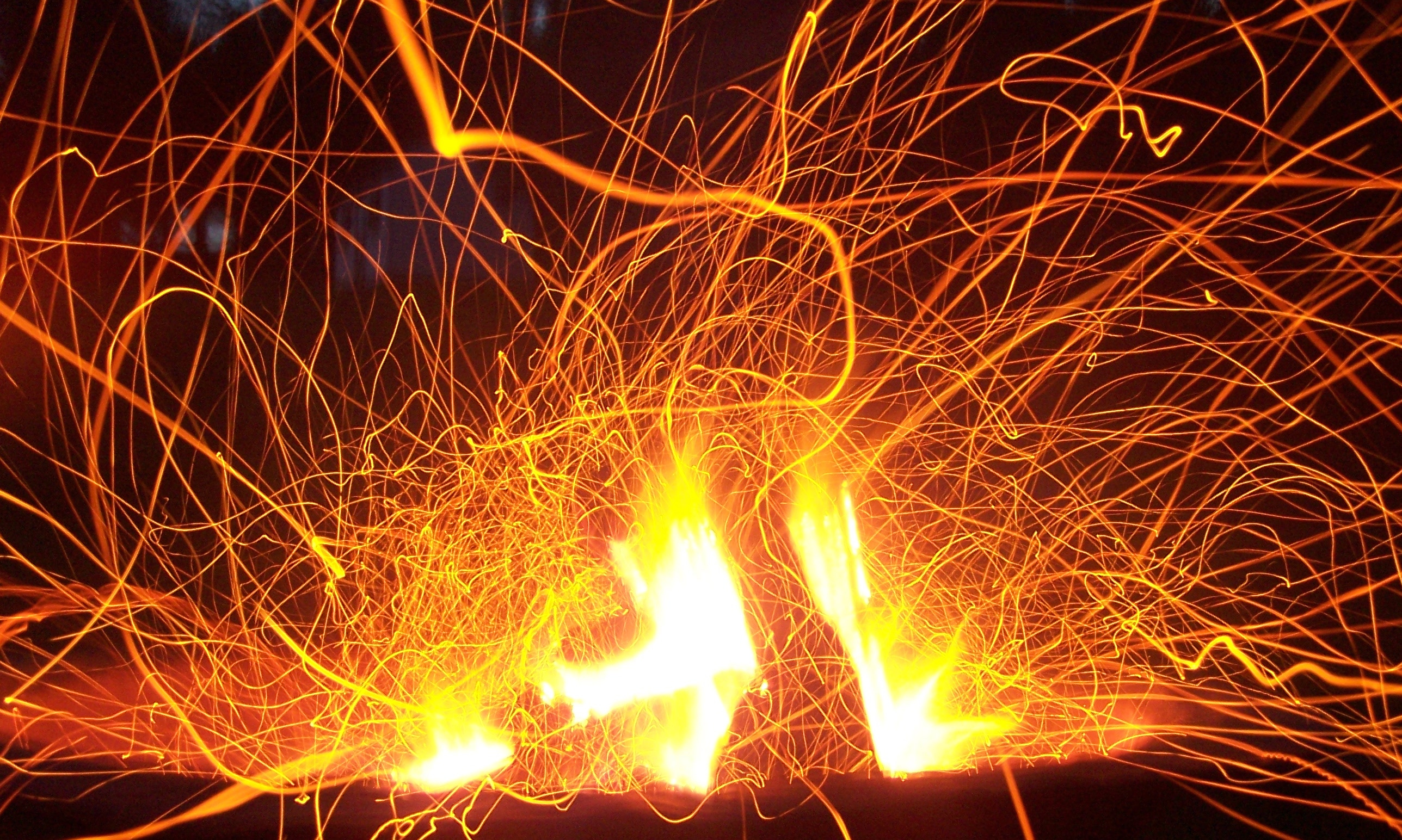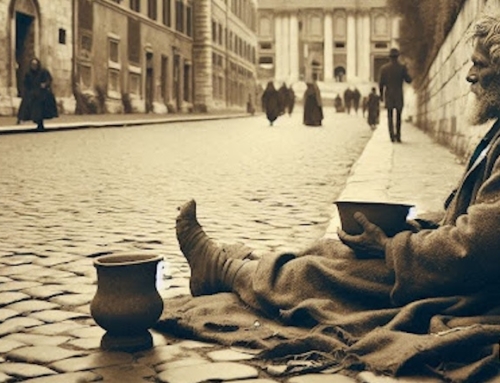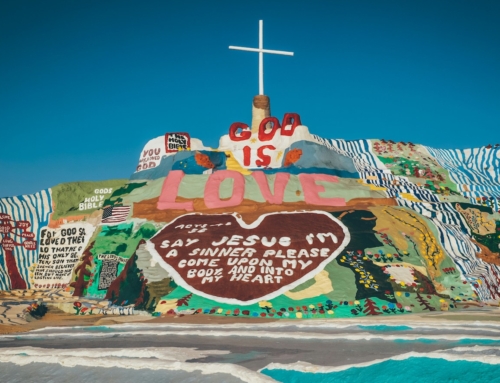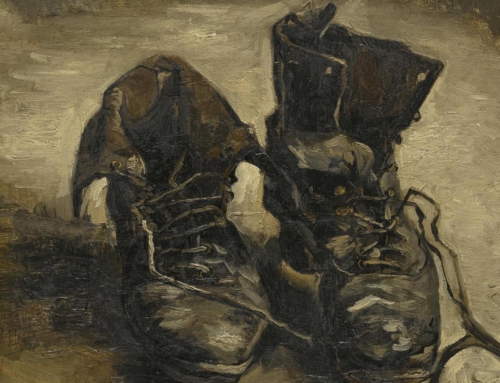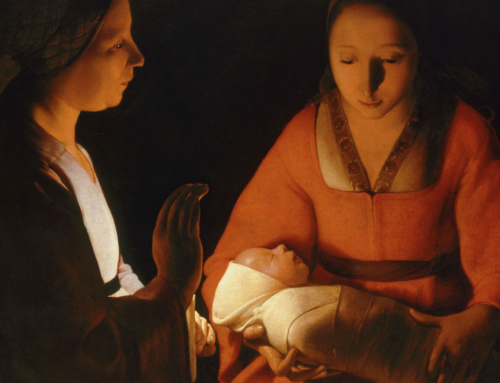Be who God meant you to be and you will set the world on fire.
This is undoubtedly St. Catherine of Siena’s most famous saying. Originally intended to challenge and embolden, this directive, however, has become rather domesticated. It floats along on a vast sea of comforting spiritual quotes on Pinterest. It’s available for purchase as a framed, floral watercolor on Etsy.
Why? Because although Catherine offered this advice over six hundred years ago, it seems perfectly suited for modern sensibilities. That is to say, our dulled spiritual sensibilities. The first part, “be who God meant you to be,” could be seen as an invitation to embark on a journey of (self-indulgent) self-discovery—the kind found in the pages of best-sellers like Your Best Life Now or Eat, Pray, Love.
In the context of our fixation on celebrity culture, many might take the corresponding promise—that “you will set the world on fire”—to mean little else than “you too could draw others to yourself, like LeBron James,” or “yours will be the viral video on YouTube!” (And by that logic, this tabby has undisputably set the world on fire.) Even in a Christian context, we might mistakenly put too much emphasis on our agency, believing that it’s all about our ability to effect some positive change in the world. We can fall prey to a similar misreading of Jesus’ exclamation, “I have come to set the earth of fire, and how I wish it were already blazing!” (Lk 12:49). That’s a passive-aggressive way of saying we were supposed to light the world afire ourselves but forgot, like failing to preheat the oven before dinner, right?
Wrong. Because to consider any aspect of ourselves or our actions outside of our connection to God is the first and most fundamental misstep. Only the Incarnate Lord can supply the heat needed to start the kind of fire for which He, and St. Catherine along with Him, yearn.
Like other mystics and saints, St. Catherine returns again and again to the image of the Divine Fire—a symbol for the experience of God’s presence in contemplative prayer. But St. Catherine is unique among the saints for the way she uses this image to build a simple, yet profound kind of pyromaniacal pedagogy—a system for spiritual development rooted in a deeper union with God. It is in the context of this spiritual teaching that we can best appreciate both halves of Catherine’s most famous quote.
Expressed in another way, “be who God meant you to be” means “be perfect, as your heavenly Father is perfect” (Mt 5:48). How can we, so weak and limited, possibly strive for a perfection that mirrors God’s? As with all His teachings, Christ would not ask it of us unless He knew we were capable, and that it would contribute to our ultimate happiness. Here the Fire becomes crucial. St. Catherine identifies the Divine Fire as nothing other than charity—God’s “inestimable Fire” of love for us, His creatures. As St. Thomas explains, man’s spiritual life consists principally in charity, and the person that is perfect in charity is said to be perfect in the spiritual life. This is the kind of perfection to which Christ calls us.
The process can only begin, as it did for Catherine, by experiencing that Fire. More often we feel simply burned out, not burning with God’s love. Physical sensations, as well as emotions, however, are unsteady guides. When relying on them, we’ll sputter out like firecrackers, whereas a persevering will and simple faith will keep us going even when we don’t feel like we are getting anywhere. The Fire may be gone in feeling, but not in grace. “Lord, set me on fire with your love,” we can ask with humble directness. Or we can thoughtfully pray the Magnificat, the prayer of Mary when she literally had the Divine Fire within her, to reignite us. Then there are the sparks provided in the sacraments. Receiving absolution in Confession is like a molotov cocktail for the soul. St. Catherine says that man comes to Mass like an unlit candle, and when Communion is received worthily his candle is lit.
Elsewhere Catherine uses the image of coals. Coals, we could say, are happiest when they’re on fire, because that is what they are meant to be. The more thoroughly they are heated, the more they take on the very fire they’re in. The same goes for the soul enflamed by the Fire. Just as love transforms a person into what he loves, Catherine explains, so our soul’s inflamed love of God (Who is Charity itself) produces a more intense, sincere love of neighbor. It is by this charity that we begin to truly set the world on fire.
“We are the Easter people,” Pope St. John Paul II declared. But there can be no Easter without fire. The Easter season begins and ends in flames: the Vigil commences with a blazing fire, and Pentecost is signaled by tongues of flame. This year, the feast of the patron saint of holy pyromania falls halfway between, bridging the two solemnities in a meaningful way. Through her incandescent intercession, may we not burn out or burn down, but rather burn within—and without, to the world.
✠
Image: Jonathan Lampron, Fire Embers

